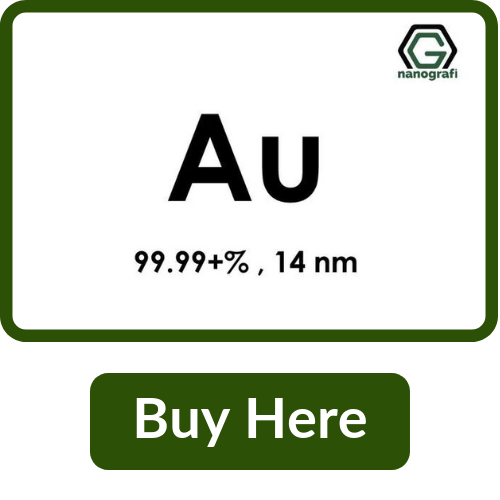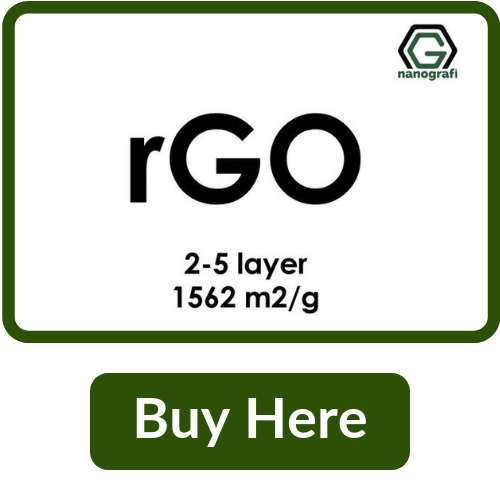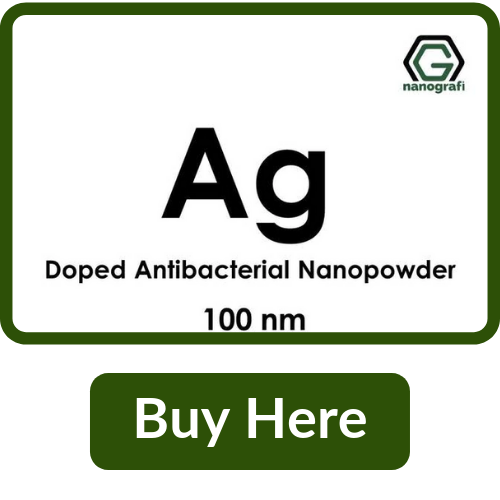Framed: Nanobiotechnology
This is a field in which nanotechnological
devices and tools are developed and applied to study a variety of biological
phenomena. The use of nanotechnology allows researchers to examine
and interact with biologicals and their processes at the Nano scale.
Overview of Nanobiotechnology
When did nanobiotechnology begin?
Nanobiotechnology stemmed from biotechnology, where devices and machines from different disciplines like electronics, mechatronics and engineering are applied to the study of biologicals. As soon as nanotechnology was initiated into the industry, the concepts to adapt this technology to biotechnology began to emerge. These ideas are usually derived from other fields which encounter processes that can mimic or even replace specific biological processes. For example, a biosensor can be manufactured at a nanoscale to be a nanodevice that detects the changes in pH happening in a tissue of a specific region or a group of cells. The changes in pH and their detection is defined by chemistry while the materials that are responsible for the creation of a working nanodevice are dictated by physics, electronics, materials engineering and so forth. The consequent marriage of these different disciplines is what makes nanobiotechnology possible. There needs to be an eventual understanding of the endless disciplines that come together to form one complex field that is at the very end mostly dependent on nanotechnology. Advances in each single field independently leads to the advancement of the tools developed in nanobiotechnology and the subsequent increase in the breadth of its applications.
Historically nanobiotechnology has not existed before the 21st century in contrast to its parent discipline nanotechnology whose occurrence can be traced back to 600 B.C [4]. Starting from the year 2000 the study of nanomaterials became a highlight to the scientific stage due to the advancement in technologies enabling its industrialization and proliferation into the masses. This allowed the commencement of small but important advances in nanobiotechnology which is not to be confused with bionanotechnology that emerged way later on. In bionanotechnology the concepts of nanomaterials and their properties are applied to already existing biological compounds like the DNA to convert them into efficient nanomaterials devised for specific applications. For example, self-assembling proteins can be utilized as programmable nanomolecules for a different purpose than they were initially produced for, in the cells. The emergence of new fields from nanobiotechnology or nanobiology allow the application of nanotechnology in ways that were never thought to be possible before. Scientists can now regenerate biological tissue, use stem cells to treat diseases such as heart diseases and even the manufacture of artificial proteins isn't so far-fetched in the near future. Compared to other fields of science that have been around for centuries nanobiotechnology is relatively still in its infancy. There remains a lot to be discovered but the science is promising and many modern applications of nanobiotechnology have already been subject to viability tests for industrial production and usage.
Want to learn more about Nanotechnology? Check Ultimate Guide to Graphene
Modern Applications of Nanobiotechnology
Nanobiotechnology opens the doors for the usage of different novel nanodevices and nanoparticles in the advancement of medical sciences. It has a multitude of potentials in increasing the positive impact of medical sciences to the human health. Below is a list of some of its applications:
Delivering Drugs - drug designed nanoparticles can be used as therapeutics to reach target sites that cannot be accessed by standard drugs. The properties of the nanoparticles like radiation absorption at a specific wavelength and magnetism can aid medical scientist to deliver drugs to the intended target site while overcoming barriers that are either chemical or physical which previously hindered the efficacy of standard drugs with poor bioavailabity. This extra mechanical hand can also be of an advantage when trying to activate the drug at a specific time or only after a premeditated biochemical process. For instance, the nanoparticles can be set to only release the drug after an absorption of a specific radiation. The radiation can be attained from sources outside of the body or from chemical processes within the body depending on the type of radiation required for activation. Also, encapsulating the drugs in nanoparticles allows for the controlled release of the drugs at a very specific condition of a given pH or functional groups. Lately, nanoparticles have been considered as great candidates for the delivery of vaccines.
Detection and Analysis - The earlier the disease can be detected the better it is for the effectiveness of the treatment. Current traditional techniques of disease detection are only viable when the patient has symptoms. This delays the commencement of a proper treatment and decreases its effectiveness. Other diseases tend to be asymptomatic until late stages when treatment is no longer useful. Nanobiotechnology plays the biggest part in the invention of novel detection methods that allow for early detection of diseases before symptom manifestation. Individual diagnostic probes containing nanoparticles such as gold with attached biomolecules i.e. DNA fragments can be utilized for the detection of all kinds of gene sequences of pathogens when they are still at the beginning stages of infecting the host. Any sequence of interest will bind to the DNA fragments and the binding can be observed by analysing the nanoparticles. Sparse cells detection can also be achieved by utilizing nano-electrodes placed in various micro channels to separate the normal cells from sparse cells which is usually a very challenging task. Other methods of detection facilitated by nanobiotechnology include correlation imaging and protein chips [2].
Novel Liposomes – a liposome is made up of two phospholipid layers that have the ability to encapsulate hydrophilic compounds and very much resemble the cell membrane in their properties. Nanobiotechnology enables the exploitation of this property of liposomes to be used as potential carriers of hydrophilic agents that need to be introduced into the cell. By modifying the liposomes accordingly, the type of cells or sites that can be targeted become more specific making the liposome a great tool in investing the cell. These investigations can help in the advancement of other therapies like cardiac therapies which utilize nanobiotechnology to tackle the understanding of complex cellular mechanisms that accompany challenging cardiovascular diseases.
Biomolecular and Biopharmaceutical Engineering – nanobiotechnology can increase the availability of bioactive molecules synthesized in biomolecular engineering. This is accomplished through the use of solid substrates as a medium for biochemical reactions. Traditionally solutions are used but these do not allow the manipulation of biomolecules prior or during the reaction decreasing the predicted potential bioactivity of the molecule in the reaction. For example, programmed biomolecular machines are used as artificial building blocks in biosensing, drug discovery and bioelectronics. This allows for the manipulation of the complicated surfaces of interaction on the target sites to increase the activity of the drug or sensing the effects of the drugs upon interaction leading to a simpler drug design process. The expense incurred in the design of biopharmaceuticals can also be decreased significantly by the utilization of nanobiotechnology techniques. For smaller companies it is very hard to set aside a budget for R&D with organic chemists synthesizing all the multitude possible candidates for a new therapeutic biomolecule without going bankrupt. The use of nanoscale methods in the manipulation of the target site and the biomolecules on a solid substrate with attached bio-membrane to mimic reactions in the solution provide an alternative route, which has a lower cost in solvents and biomaterials used while simultaneously providing an immense diversity of compounds for drug discovery.
Bio-nanorobots and Nanomaterials - nanorobots will play a big role in the future of medicine specifically in reconstruction and repair. Nanorobots could be deployed to tooth repair and reconstruction in dentistry since they can selectively occlude tubules literally in minutes. This will ensure speedy recovery for most patients and may even lead to the development of less intrusive techniques for performing very minor surgeries. Nanomaterials may also be deployed to replace the enamel of teeth with compounds that are more durable and easier to manage for proper dental care. Another area that benefits from the versatility of nanomaterials is orthopaedics [2]. Novel implants can now be sourced from nanopolymers, nano carbon fibres and nano ceramic composites which may improve the properties of these implants with intercellular interactions with the surrounding tissue. For instance, the deposition of calcium to the implant and the bone could be more efficient if the implant has a designed surface that allows the occupation of calcium. These enhanced interactions between implant and bone or tissue will lead to decreased issues with patient compliance whilst improving the efficacy of the implants.
The Future of Nanobiotechnology
The future prospects of nanobiotechnology are vast in the medical and clinical fields. It will play a big role in the development of novel biosensors, biomarkers, drug delivery capsules, gene therapy, molecular imaging just to say a few. Different types of nanobiotechnology devices have already emerged into the market such as Imaging with quantum dots to observe and monitor cellular activities, sparse cell isolation methods, molecular filtration and single probe diagnosis. The advancements in this multidisciplinary field of science will revolutionize the way we treat and diagnose diseases. Some of its potential applications like tissue regeneration and repair seem to be coming out of a science fiction novel or movie! But they can actually be achieved if enough research and resources are dedicated to perfecting these technologies. All these prospects are not without their shortcomings. There is a concern on the side effects of nanomaterials and nanodevices to the body and the environment. Not enough research has been performed to ascertain the level of damage that can be done by these nanomaterials and devices in the environment when disposed or in the body after the completion of their task. Nanomaterials can also invade the body on which they were not intended for through different pores and orifices and they can be further translocated to other organs. Some nanomaterials like nanotubes have shown to have pro-aggregatory effects on platelets in vitro [3] but these effects are not as severe and require a high-density exposure to specific nanomaterials. Despite these challenges that face nanobiotechnology the good still outweighs the bad, tremendously. When we think about finding cures to diseases that are currently uncurable and a direct death sentence then the research of novel approaches to combating the cause of these diseases through nanobiotechnology is of extreme importance. Regulations should be made to allow a safe practice and caution when applying solutions involving nanoparticles onto the human body. As Richard Feynman famously named one of his lectures and articles “There is plenty of room at the bottom”. Nanobiotechnology will advance the human quality of life to one that is physically and mentally healthier.
Like what you've read? Check 8 Applications of Fullerenes in Medical Field and Medical Applications of Nano Materials
References
- 1. Bossi, A., Fredman, G., Howorka, S., Siwy, Z., Wissberg, S., & Ronen, M. et al. (2020). Nanobiotechnology - Latest research and news | Nature. Retrieved 2 February 2020, from nature.com/subjects/nanobiotechnology
- 2.Fakruddin, M., Hossain, Z., & Afroz, H. (2012). Prospects and applications of nanobiotechnology: a medical perspective. Journal of Nanobiotechnology, 10(1), 31. doi: 10.1186/1477-3155-10-31
- 3.Radomski A, Jurasz P, Onso-Escolano D, Drews M, Morandi M, Malinski T: Nanoparticle-induced platelet aggregation and vascular thrombosis. Br J Pharmacol. 2005, 146: 882-893. 10.1038/sj.bjp.0706386.
- 4.Sanderson, K. (2006). Sharpest cut from nanotube sword. Nature. doi: 10.1038/news061113-11
Recent Posts
-
What is the Difference Between 7075 and 6061 Aluminum Alloy?
When comparing 7075 aluminum alloy to 6061 aluminum alloy, it's essential to understand their disti …5th Apr 2024 -
Iron-Air Batteries: The Ultimate Guide
Iron-air batteries represent a significant breakthrough in energy storage technology, offering a sus …29th Mar 2024 -
Discovering the Power of 2D Materials
In material science, the discovery of two-dimensional (2D) materials represents a transformative de …22nd Mar 2024









